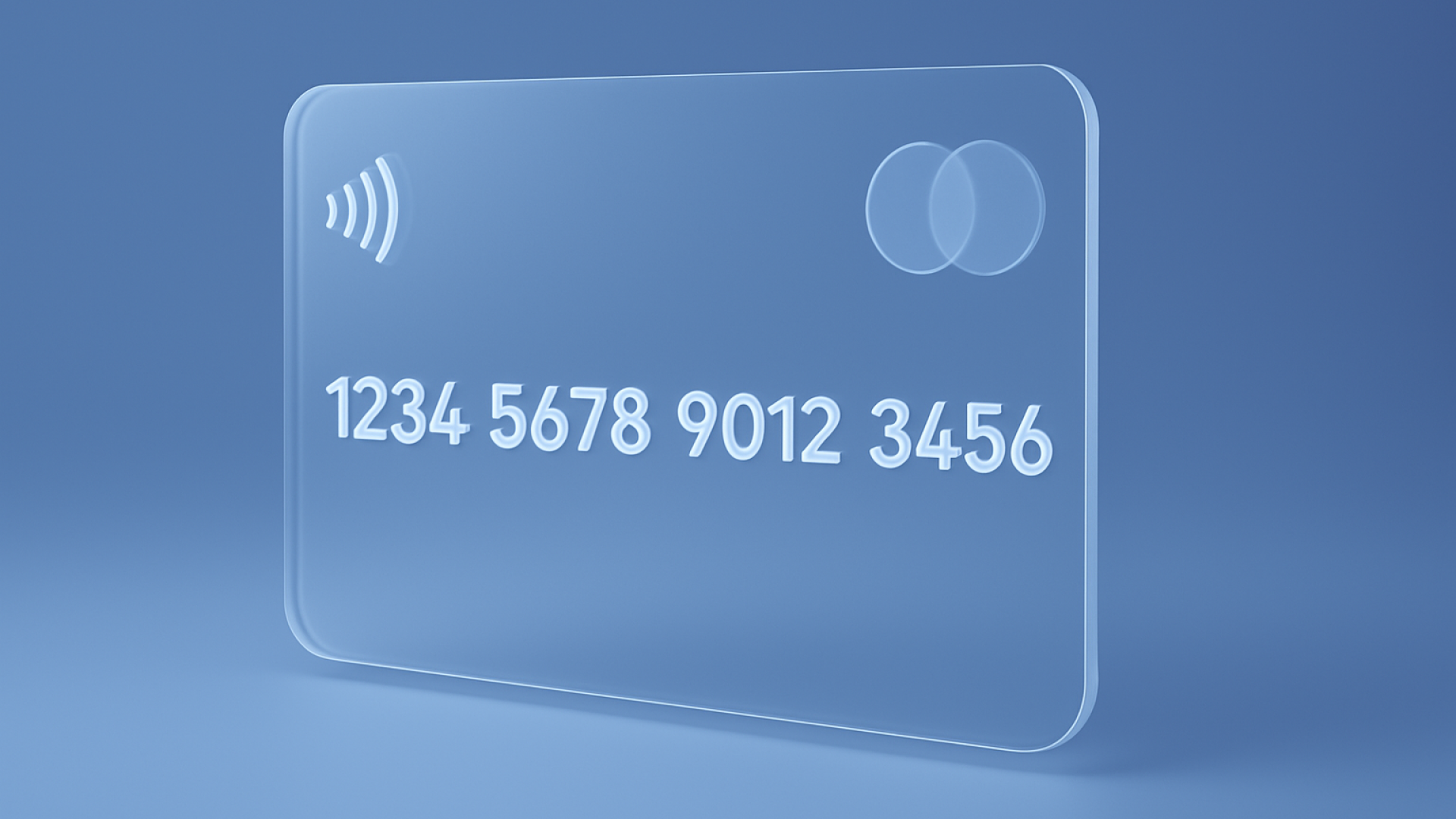Virtual cards are on the rise in the B2B banking sector emerging as one of the most impactful innovations. These digital payment solutions are improving business transactions, enhancing security, and providing companies with greater financial control.
We’ll take a closer look at how virtual cards are shaping the future of B2B banking and the key benefits they offer.
What Are Virtual Cards?
Virtual cards are basically credit/debit cards that exist only in digital format. They function very similarly – have a unique number, expiry date and CVV code, but no physical version is issued. What is special about them is that they offer greater control over transactions and can be flexibly configured for single-use or recurring payments. Businesses use virtual cards for supplier payments, employee expenses, and online transactions.
Key Benefits of Virtual Cards in B2B Banking
1. Better Security and Fraud Protection
One of the most significant advantages of virtual cards is the added security they provide. Unlike traditional corporate cards, virtual cards can be set up for specific transactions, limiting exposure to fraud. Features such as tokenization, unique card numbers for each transaction, and spending limits reduce the risk of unauthorized use. Additionally, issuing virtual cards to employees allow companies to react much quicker when the card data has leaked which prevents data breaches.
2. Greater Control and Expense Management
Virtual cards offer businesses better control over expenses by allowing them to set predefined spending limits, expiration dates, and usage restrictions. Finance teams can allocate specific virtual cards for departments, projects, or vendors, making it easier to monitor and manage company spending.
3. Improved Efficiency and Reconciliation
Traditional payment methods often require manual processes that slow down financial operations. Virtual cards help in automating invoice processing and reconciliation. With detailed transaction data linked to each virtual card, businesses can simplify record-keeping and reduce errors in financial reporting.
4. Faster Payments and Vendor Relationships
Virtual cards enable real-time payments, ensuring that suppliers and service providers receive funds faster than traditional payment methods like bank transfers or checks. This efficiency helps businesses maintain strong supplier relationships while taking advantage of early payment discounts.
5. Integration with B2B Financial Systems
Many virtual card providers offer integration with ERP systems and accounting software. This connectivity helps businesses automate payment workflows, which reduces administrative burden, and allows for a better insight into financial data.
5. Cutting Time and Costs while Being Sustainable
No need for physical objects means no need to worry about production, distribution, delivery and return – the whole logistics of company cards is simplified. This allows to greatly cut costs and time of managing new and existing cards and at the same time limit the amount of errors while making it easier to fix them. Additional effect is improved sustainability thanks to no production and disposal of company cards.
The Future of Virtual Cards in B2B Banking
As businesses continue to prioritize digital transformation, the implementation of virtual cards is expected to grow. Financial institutions and fintech companies are developing more advanced solutions with AI fraud detection, better automation, and global payment capabilities.
Summary
Virtual cards are not just a trend – they are a fundamental shift in how businesses manage payments. By embracing this technology, companies can optimize financial operations, improve security, gain greater control over their B2B transactions, reduce costs and time managing cards and improve their ESG metrics. As organizations seek to modernize their financial processes, virtual cards will play an increasingly critical role in shaping the future of business payments.





